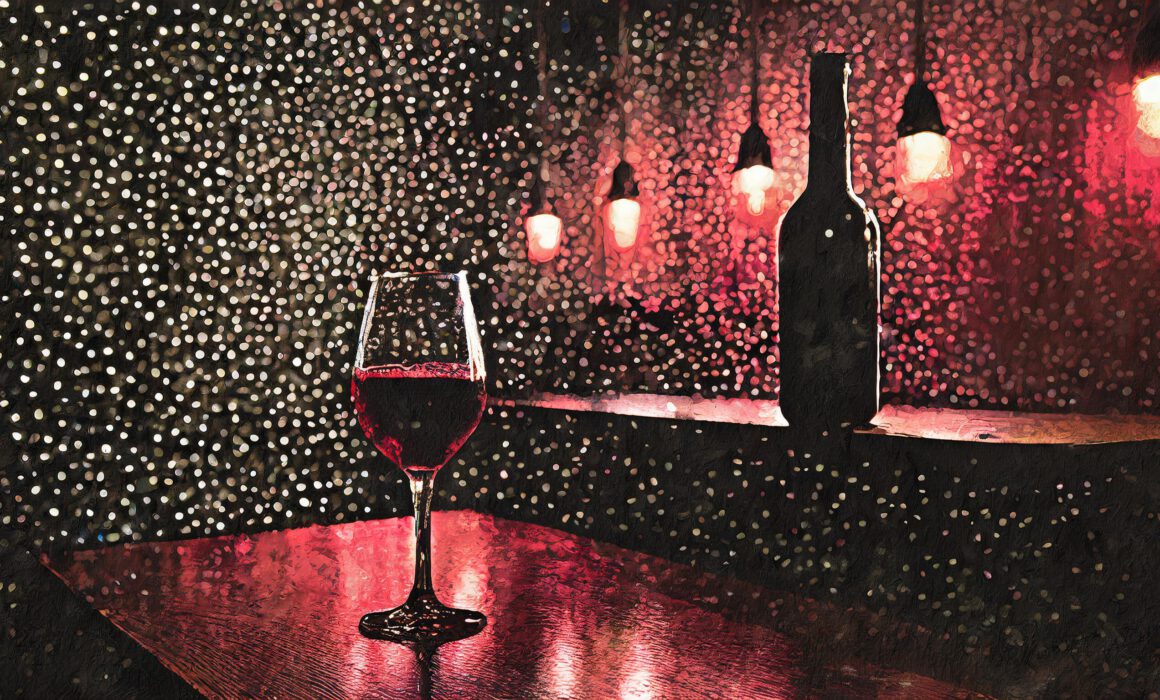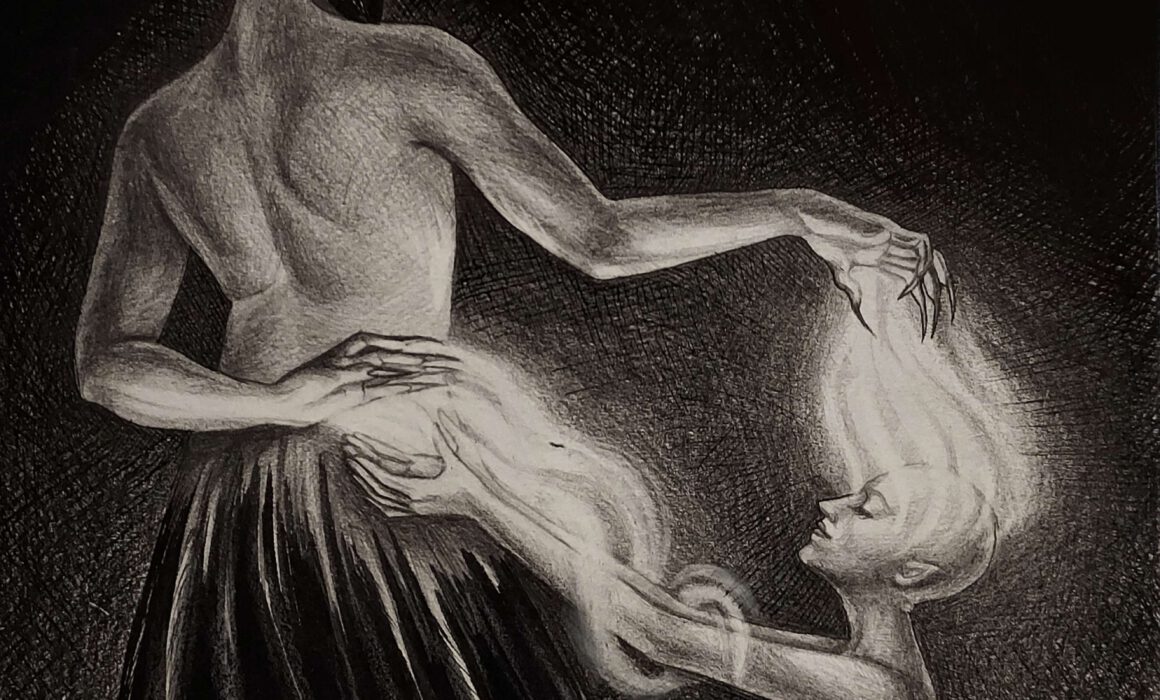WHAT BLACK ROSE SOCIETY IS ABOUT
You may have found us and equally found yourself at a loss to understand what exactly Black Rose Society is, what we are about, and where you might stand within all this.
The purpose of the following texts is to give you a brief introductory overview of the central topics and avenues of exploration Black Rose Society focuses on.
This way, we aim to provide you with a good idea of what you can expect to find in our community.




